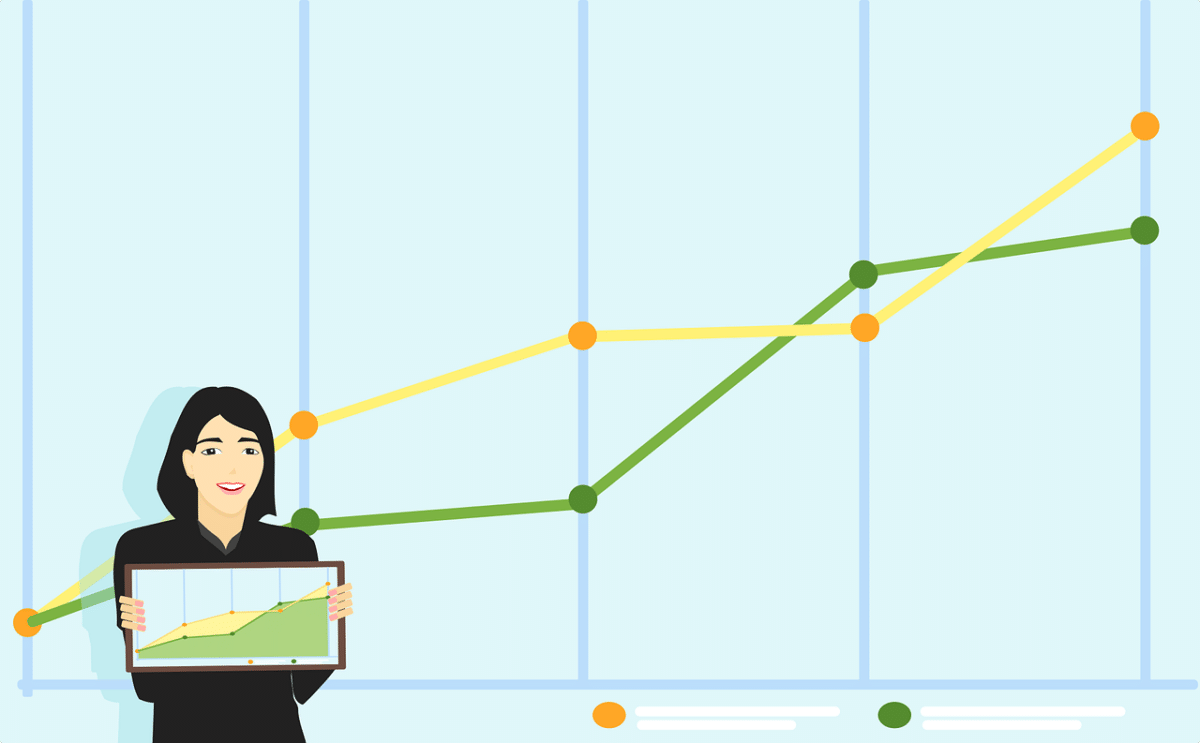Inzata Analytics, a data analytics software company, has announced its partnership with Nobletech Solutions Inc., a provider of technology and engineering services. This partnership will address the DoD’s full spectrum of data challenges ranging from prognostic & predictive maintenance (PPMx), logistics, and sustainment to intelligence, human resources, and fiscal management without the complexity and delays that existing DoD data analytics tools provide.
Inzata provides the software to bring data analytics to end-users within hours and days at all levels within DoD organizations, regardless of user-level experience. Nobletech provides the proper secure network, DoD experience, and contract vehicles that will put Inzata’s AI and data analytics solutions into the hands of those front-line users when the data is needed to make those critical decisions.
Inzata’s ability to assemble large disparate data sources without coding enables data analysis to occur in significantly shorter times than any of its competitors. The current political climate cannot afford to wait months and years for analysts and data architects to develop products for decision makers while Inzata’s AI/ML and no-code solution can have it done in days and weeks, vs. months and years that the competition requires.
Nobletech Solutions will bring Inzata into the DoD by leveraging their GSA Schedule while pursuing a DoD Enterprise Software Agreement (ESA). This will be done by demonstrating to the DoD and its industry partners the power of Inzata’s Artificial Intelligence/Machine Learning (AI/ML) capability to perform rapid assembly and analysis of data and visual dashboards through its unique no-code solutions.
It is certain that Nobletech Solutions with the ability to host on the DoD secret cloud, without the required add-ins and extras required by those other data analytics platforms, will surely be a significant mission enabler to special operations and other organizations within the DoD and OGA.
Nobletech Sr. Analyst: “Providing an edge to the DoD to quickly assemble large data with the help of AI/ML will certainly be a game changer. We envision Inzata as the tool to provide that big picture view of people, equipment, parts, location, training, intelligence, risk, environmental conditions, and other data needed by the most senior level commanders down to the small unit leader.”
Nobletech CEO: “We are excited to have this partnership and look forward to being a key player in meeting the needs of DoD’s data analytics pertaining to human resource, material, training/qualification, prognostic maintenance, and intelligence.”
For more information, please contact the following:
Jim Scala at jscala@nobletechsolutions.com
Luke Whittington at lwhittington@nobletechsolutions.com
You can also learn more by visiting https://www.nobletechsolutions.com/data-analytics
This press release was originally featured on PRWeb, find the press release here: http://www.prweb.com/releases/inzata_analytics_expanding_its_reach_to_the_dod_with_nobletech_solutions












